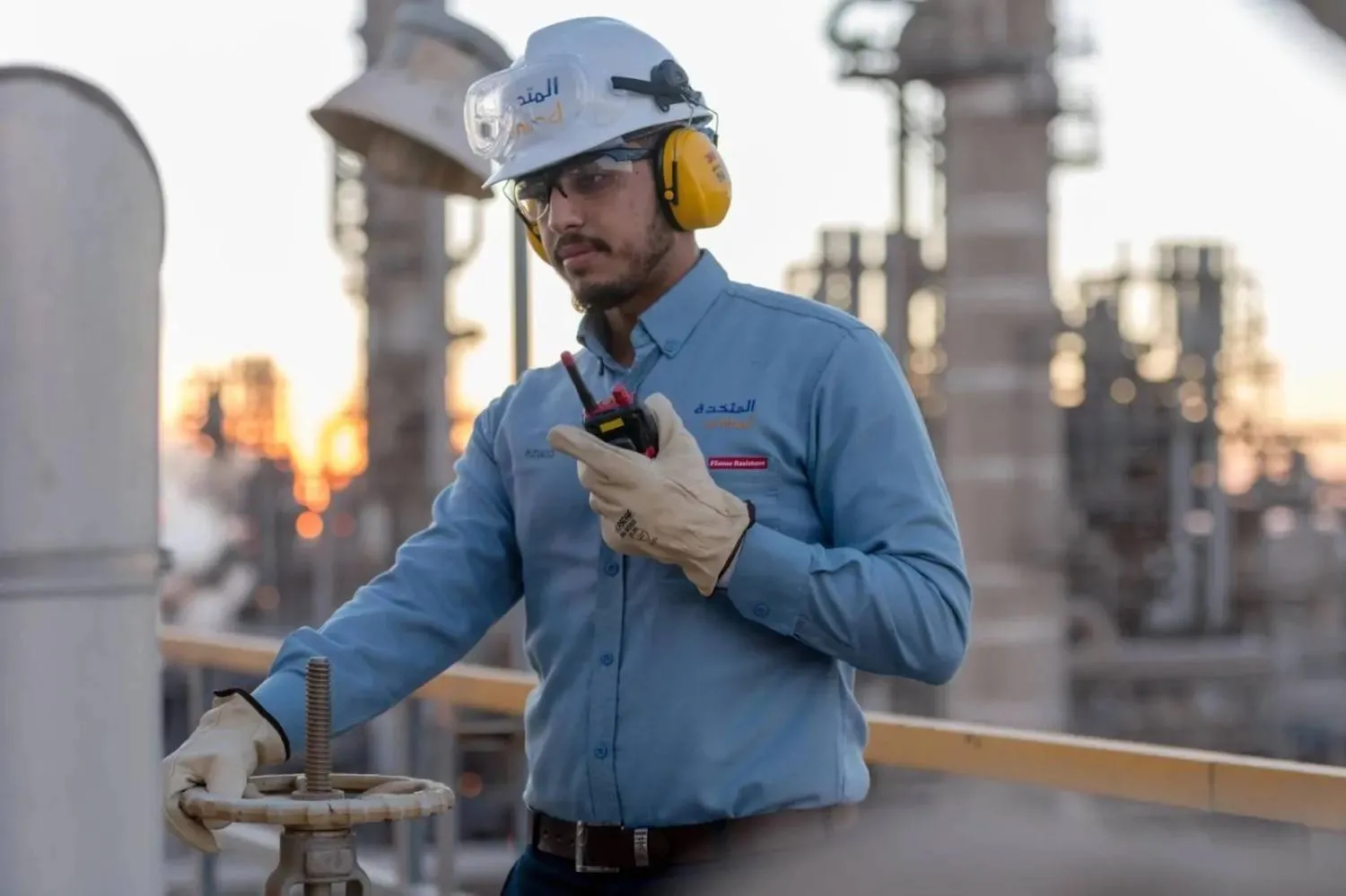China's annual consumer price inflation accelerated to a 34-month high in December, but the full-year rate slumped to the lowest in 16 years while producer deflation persisted, backing market expectations for more stimulus to shore up soft demand.
Imbalances in the $19 trillion economy have worsened over the past year even as growth is on course to meet Beijing's target of "around 5%" for 2025, buoyed by policy support and resilient goods exports.
US President Donald Trump's global trade war has added to persistently soft consumer demand, which has remained a drag on confidence and growth for years amid a prolonged property crisis.
The December consumer price index (CPI) rose 0.8% from the same month in 2024, National Bureau of Statistics (NBS) data showed on Friday, matching expectations in a Reuters poll and perking up from the 0.7% increase in November.
The rise was mainly driven by food prices, especially those of fresh vegetables and beef, which expanded 18.2% and 6.9% respectively, Dong Lijuan, a statistician at NBS, said in a statement. Pre-New Year holiday shopping and supportive policies also helped boost consumer prices, Dong added.
Chinese policymakers have repeatedly pledged to support a rebound in prices with monetary policy and have cracked down on excessive competition. They have also vowed to boost people's income to unleash consumption potential and better align the country's supply and demand.
Yet, the underlying demand impulse in the economy remains weak.
"Despite expectations of a recovery, inflation remains relatively low and should not preclude further monetary easing this year," said Lynn Song, ING's chief economist for Greater China.
Zichun Huang, China economist at Capital Economics, said the elevated headline CPI was not due to the government campaign to curb so-called "involution", adding that overcapacity and deflationary pressures will persist in the coming years in the absence of stronger demand-side measures.
WHERE HAS INFLATION GONE?
Indeed, for the entire 2025, consumer price growth was flat, well below the "around 2%" goal policymakers were aiming for, a sign that stimulus measures, such as a consumer goods trade-in scheme, have yielded only modest results in lifting sentiment and containing deflationary pressure.
Prices of gold jewellery surged 68.5%, NBS data showed.
Core inflation, which excludes volatile prices of food and fuel, rose 1.2% year-on-year last month, unchanged from November.
Goldman Sachs economists estimate that core price gauge excluding gold prices edged down in December from the prior month.
Annual growth in China's consumer prices has for years failed to meet policymakers' targets as the economy struggled to recover from the pandemic.
A prolonged property market crisis and a weak job market have contributed to lackluster household demand as well as overcapacity and price competition among producers.
On a monthly basis, CPI climbed 0.2% in December, compared with a 0.1% dip the previous month and a forecast for a 0.1% rise.
The producer price index (PPI) fell 1.9% year-on-year in December, remaining in a deflationary funk for more than three years even as it eased from a 2.2% drop in November. The gauge was expected to have fallen 2% in the Reuters poll.
NBS's Dong attributed the moderation in factory-gate deflation to both global commodity prices, including rising prices of non-ferrous metals, and policies for controlling capacity in key industries.
Capital Economics' Huang, however, said there hasn't been "any fundamental improvement in overcapacity."
"Prices of consumer durables continued to fall at a faster pace than during the depths of the global financial crisis, highlighting that the issue of excess supply remains unresolved in much of the manufacturing sector," she said.
For the whole year, PPI fell 2.6%.
Given the slowdown in economic momentum in the second half of last year, the market is watching for signs of additional government support measures in 2026 as top leaders have committed to pursuing a more proactive macroeconomic policy framework.
The central government has allocated 62.5 billion yuan ($8.95 billion) from special treasury bond proceeds to local governments to keep funding the consumer goods trade-in scheme in 2026.
The government has also pledged to flexibly use monetary policy tools, such as cuts to interest rates and banks' reserve requirement ratio, to keep liquidity ample and spur growth.









